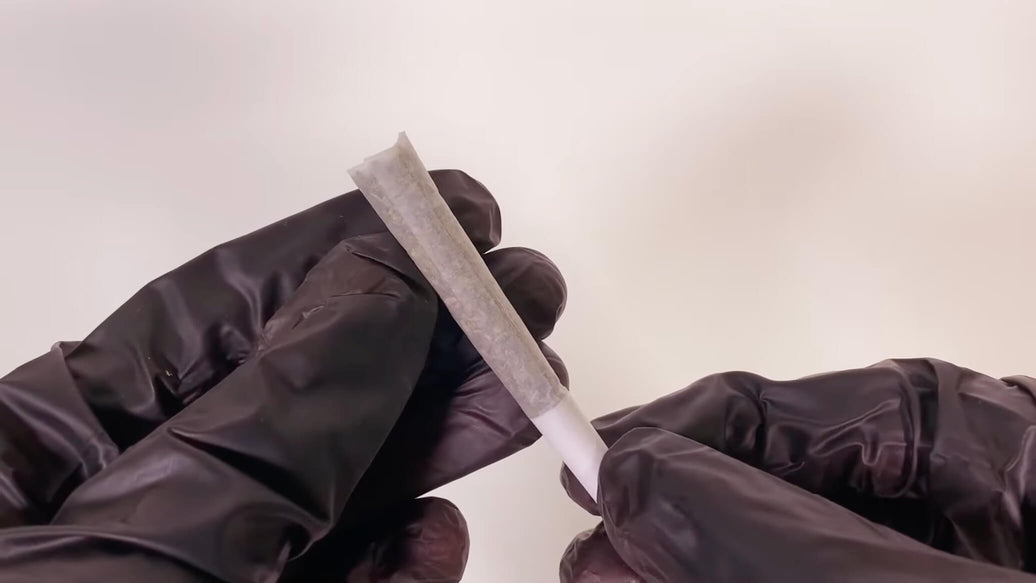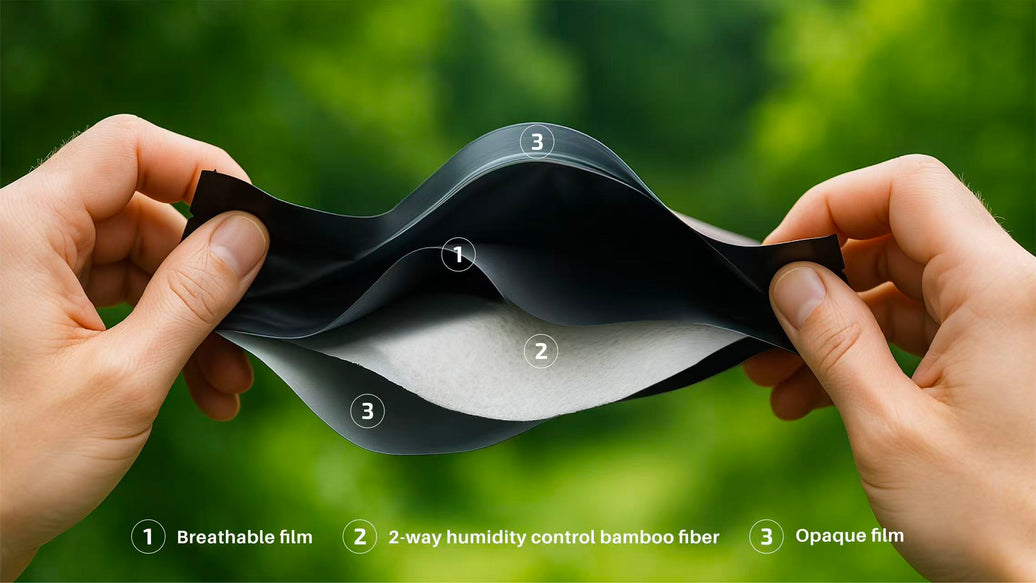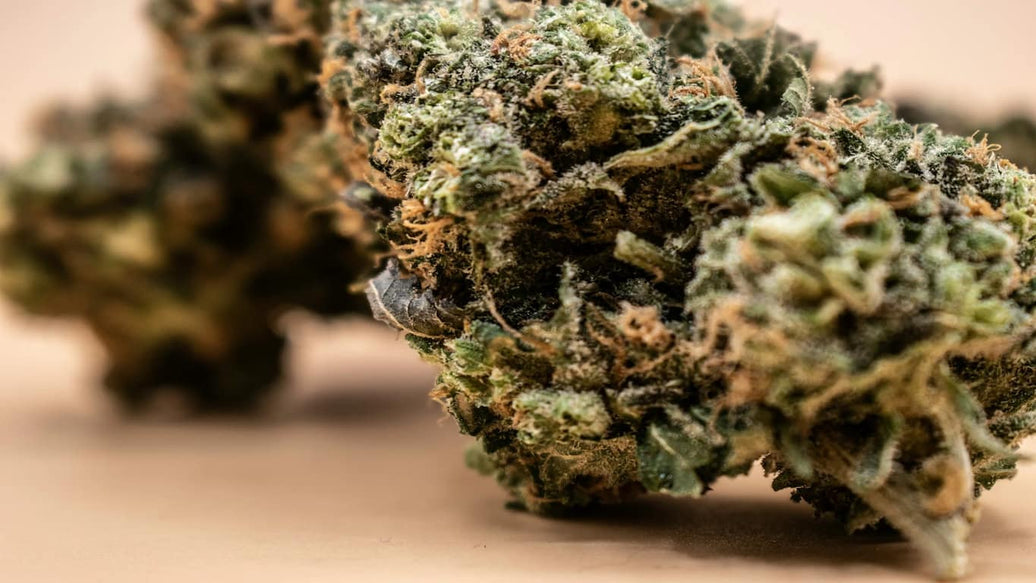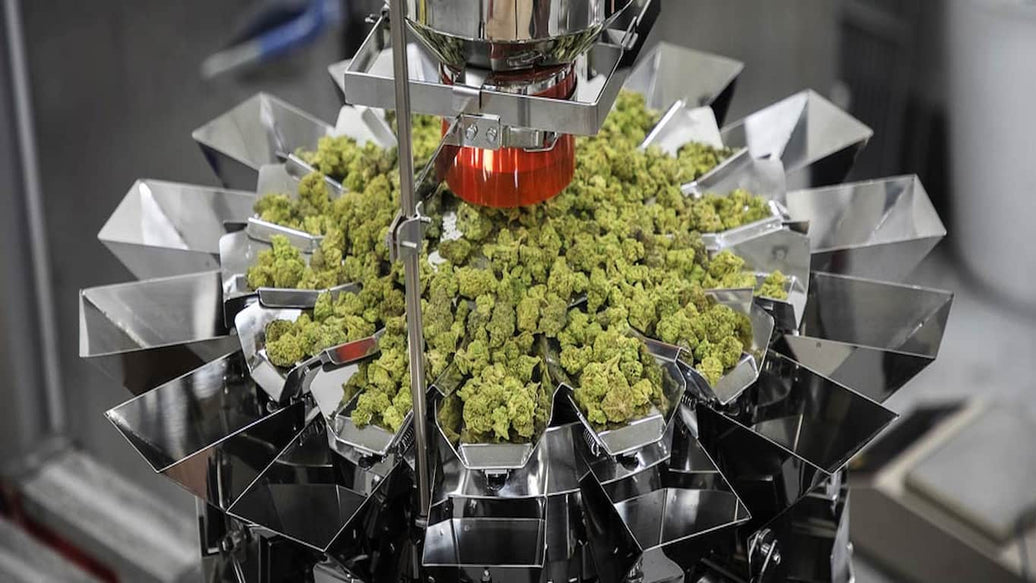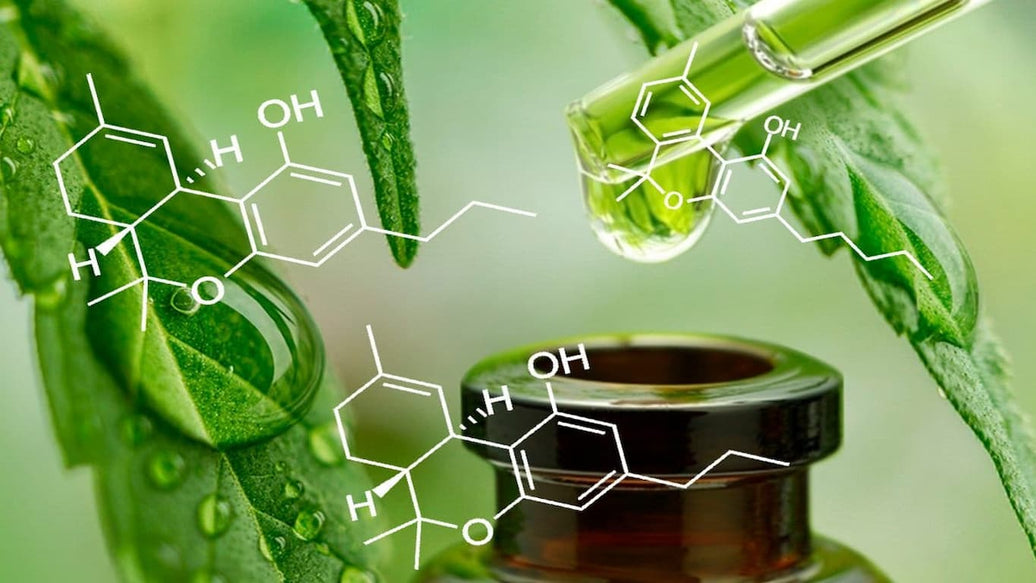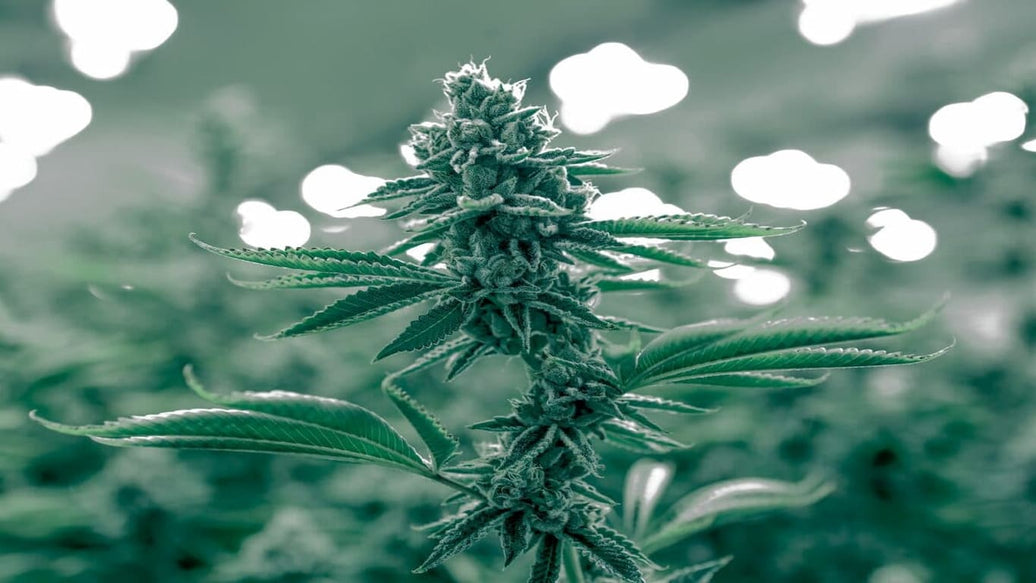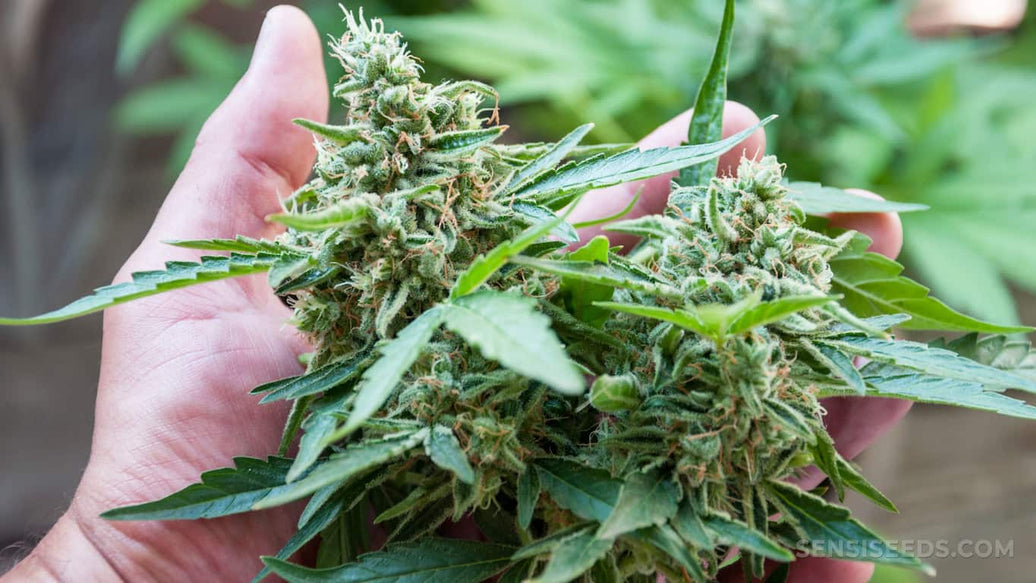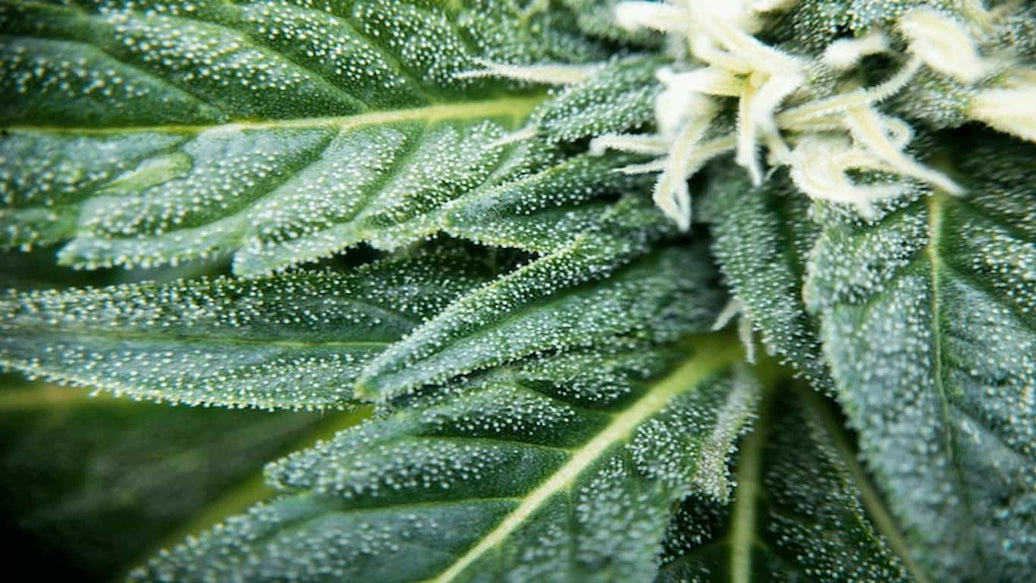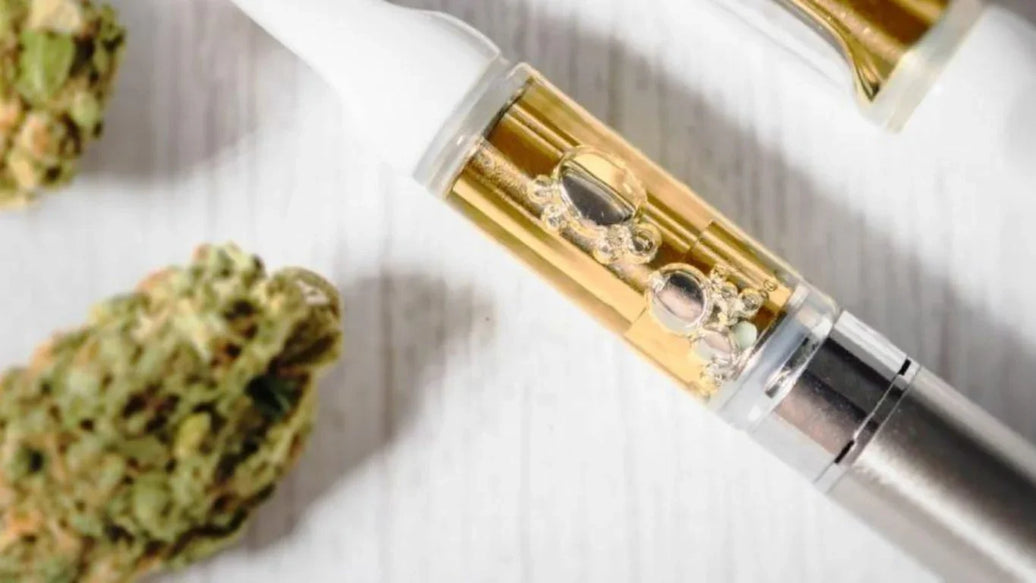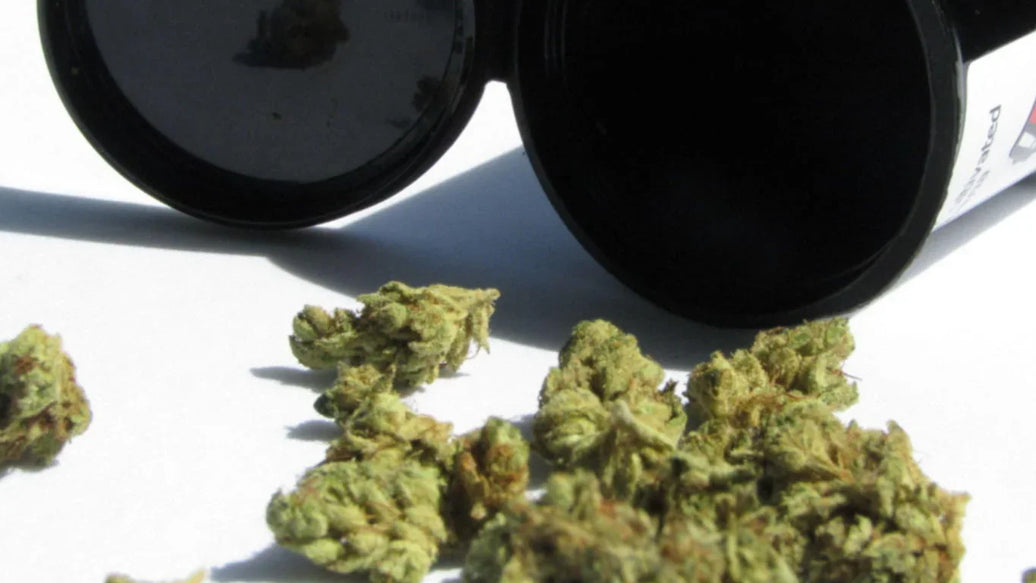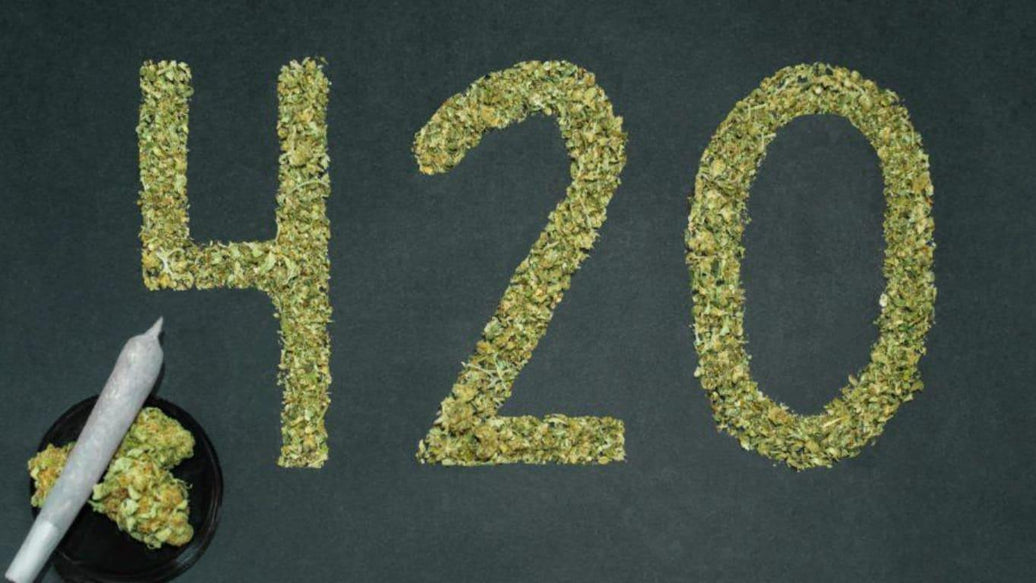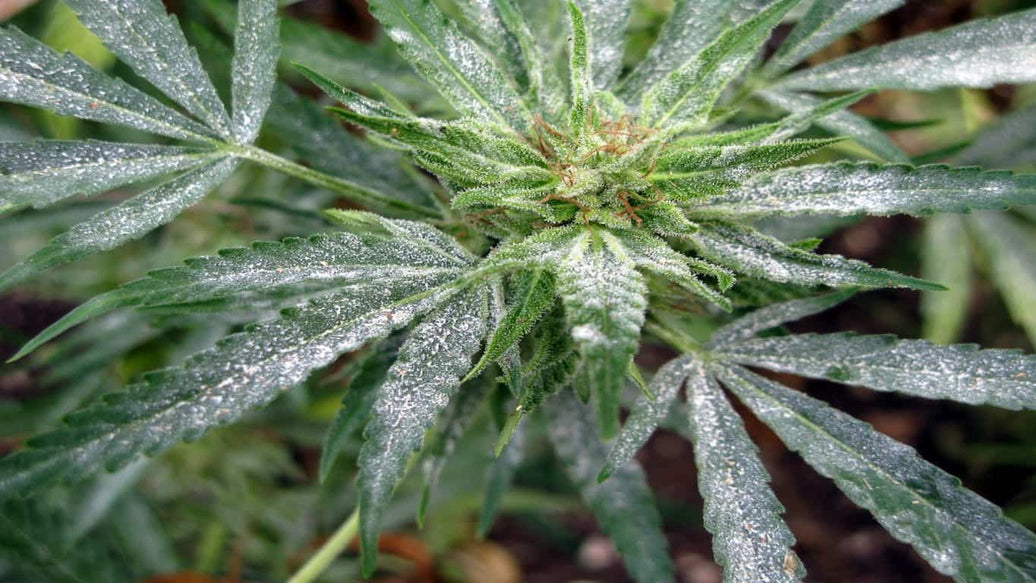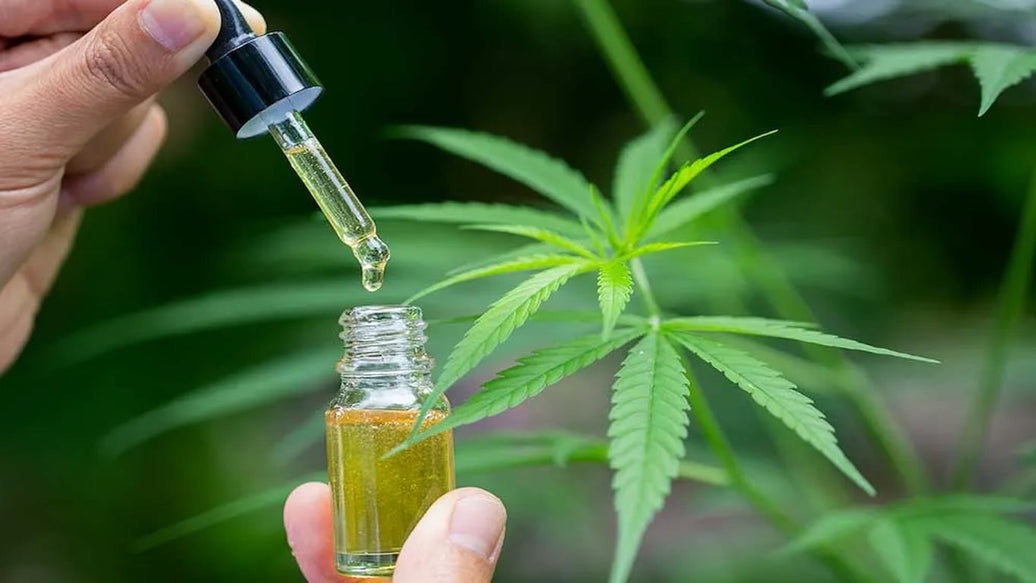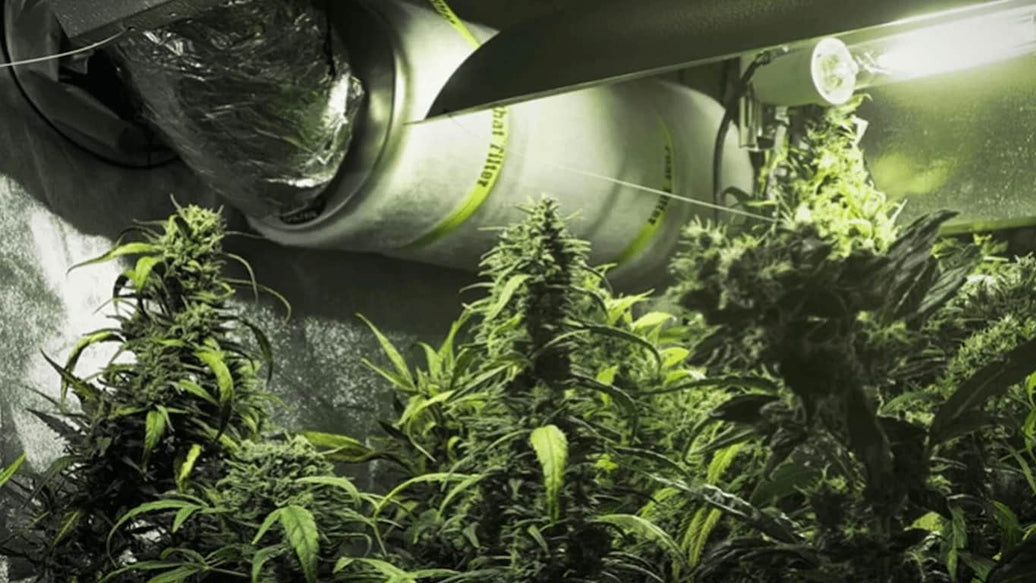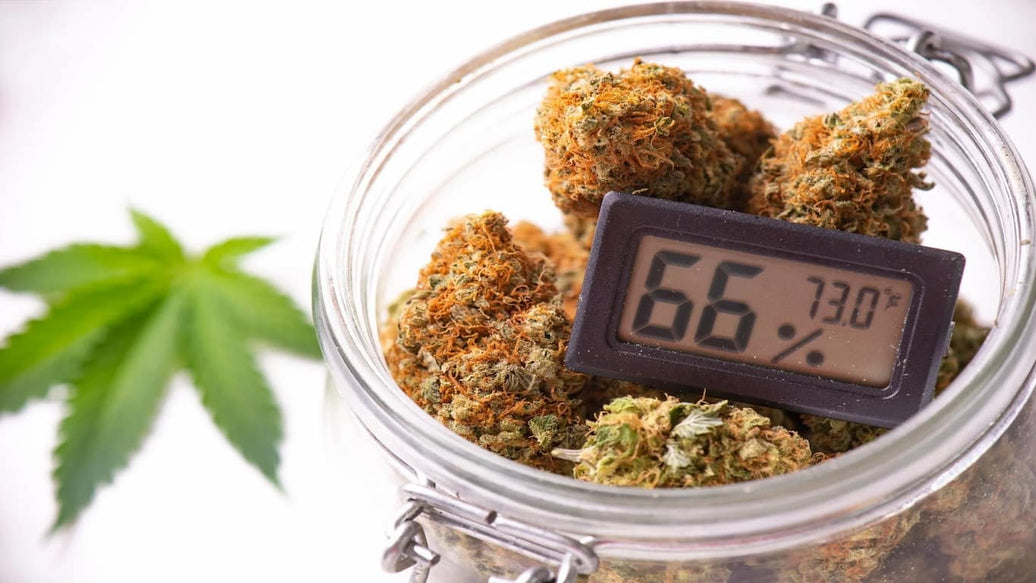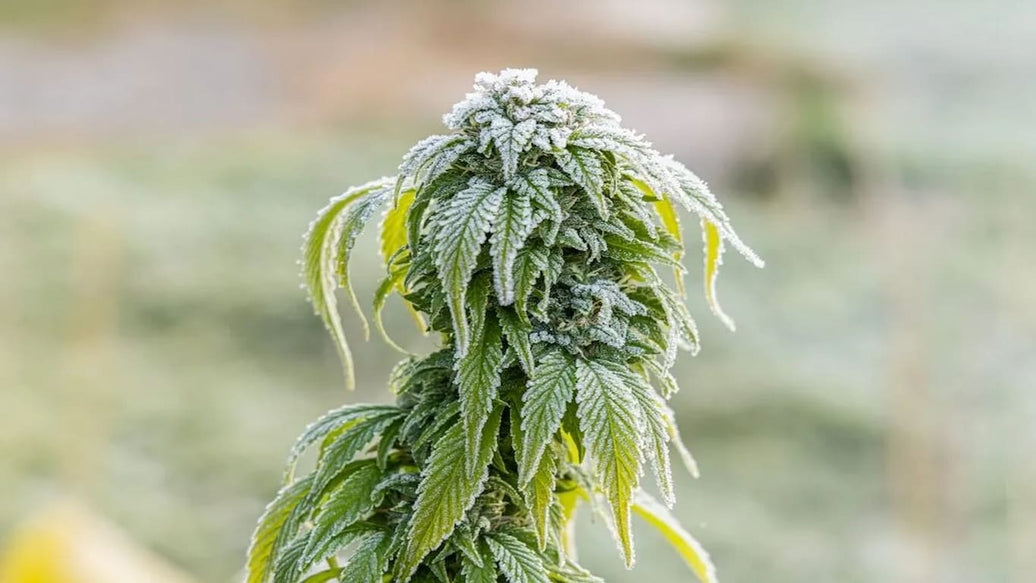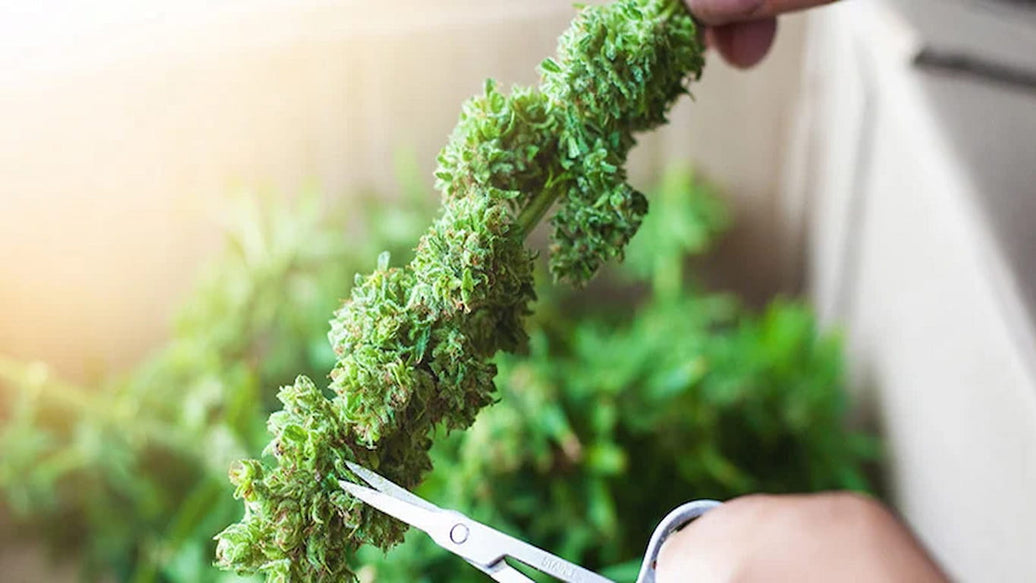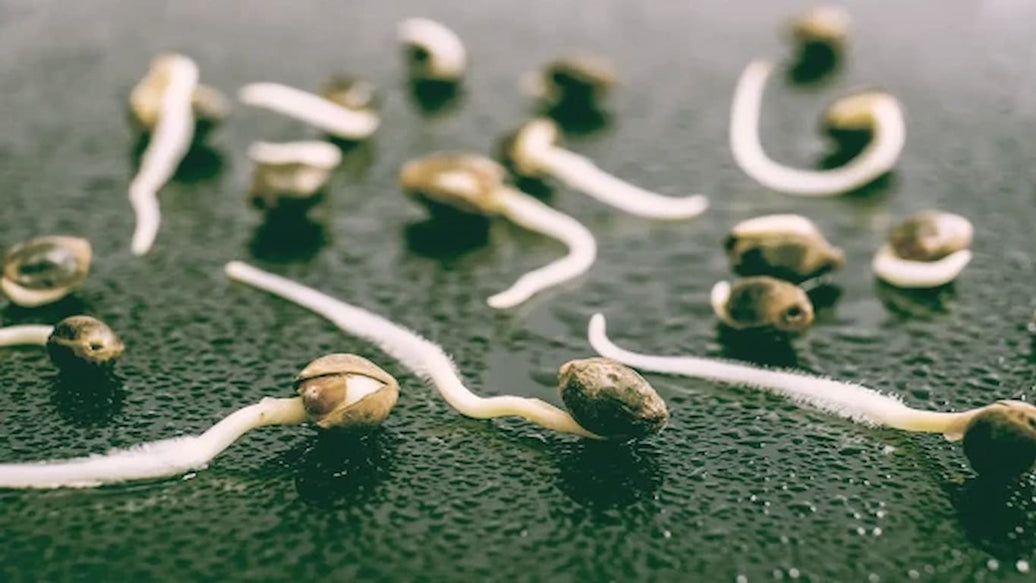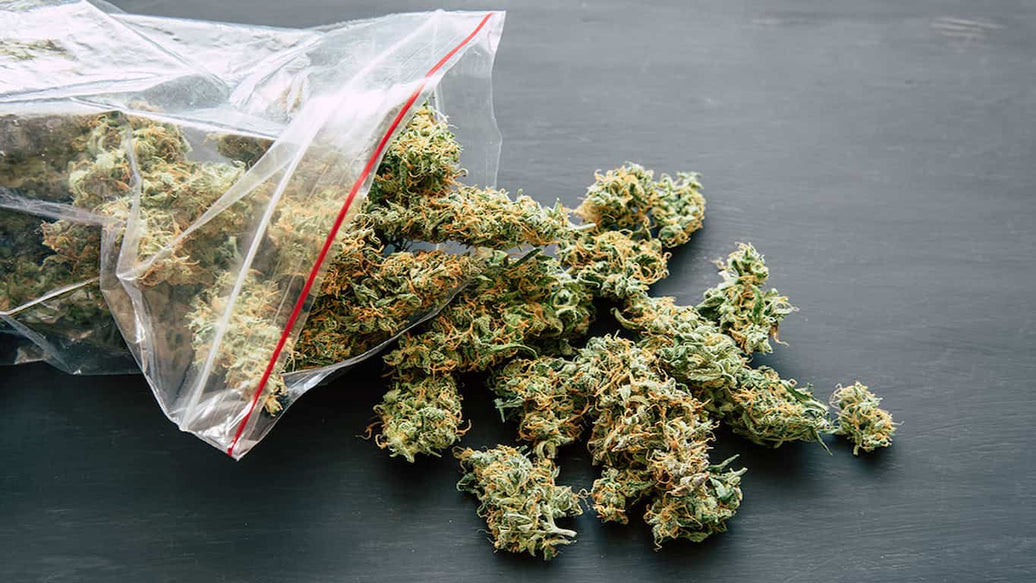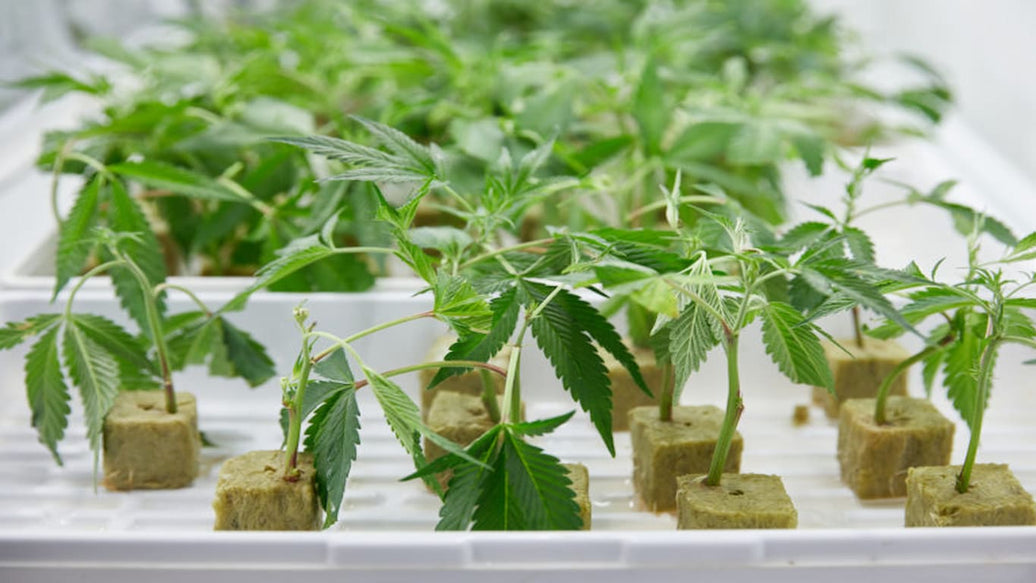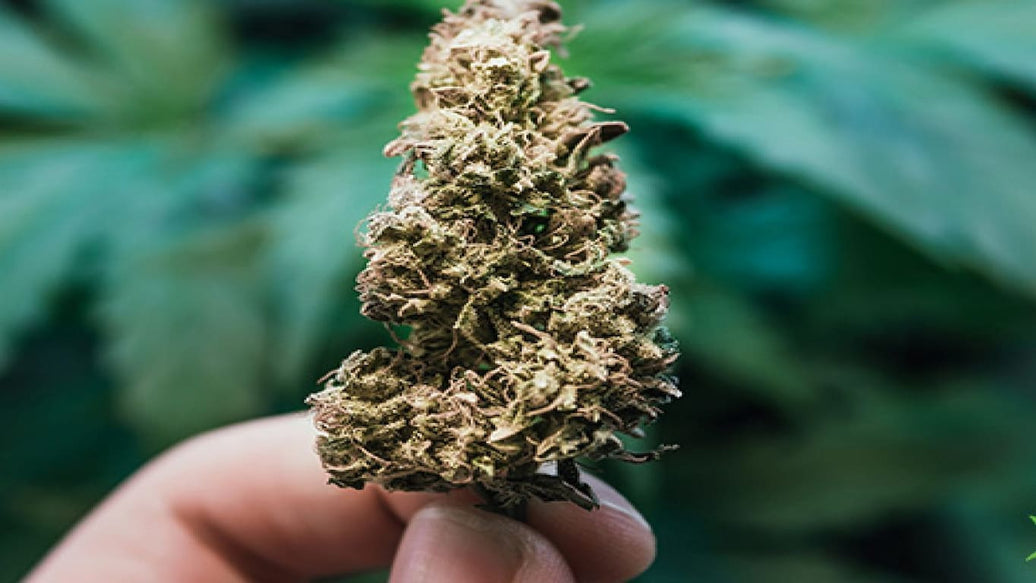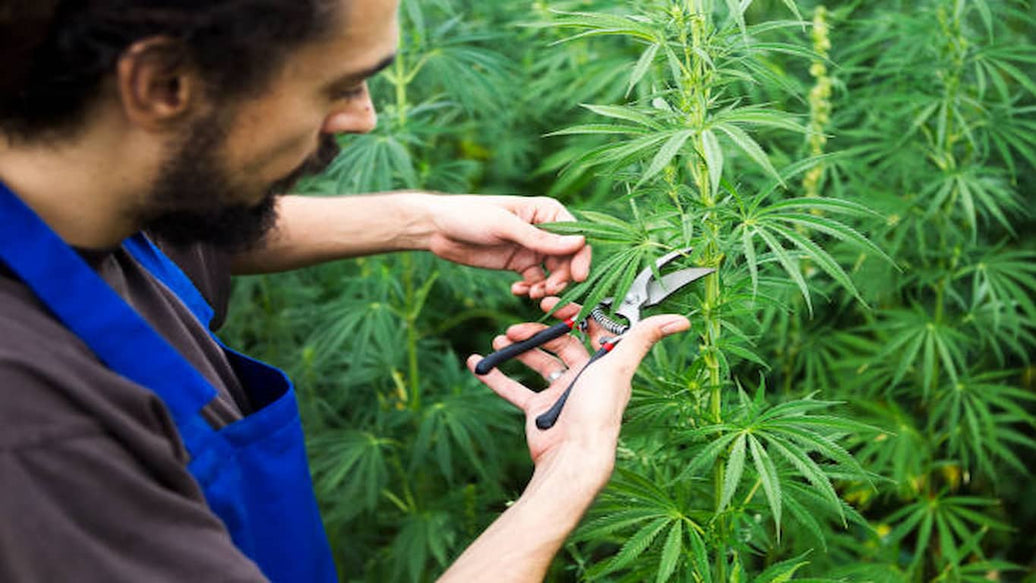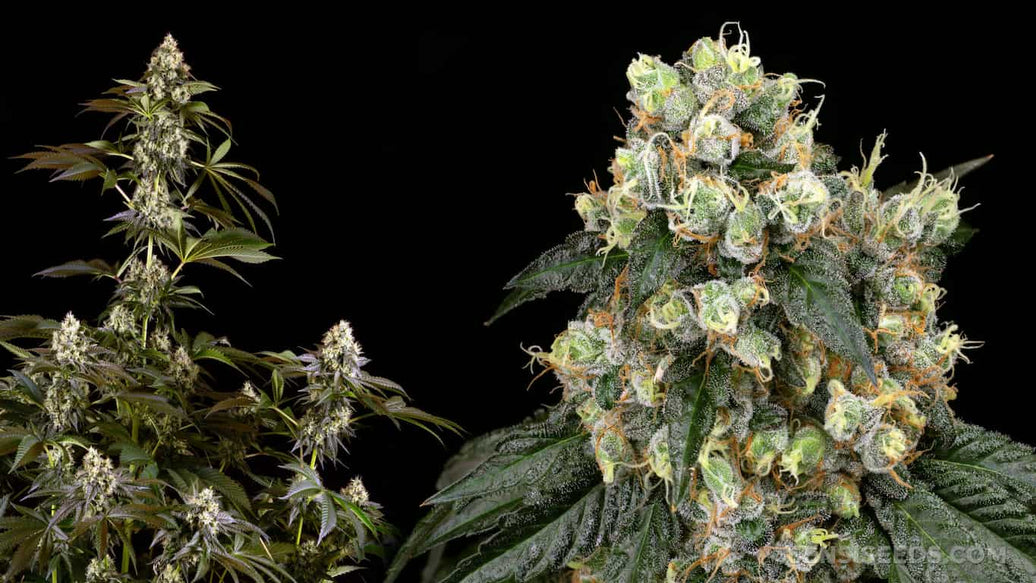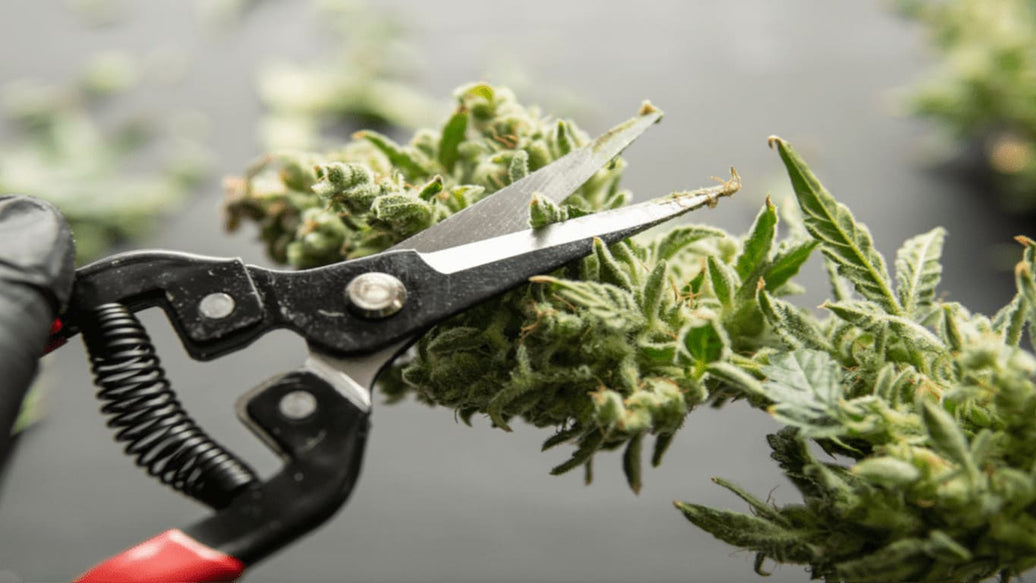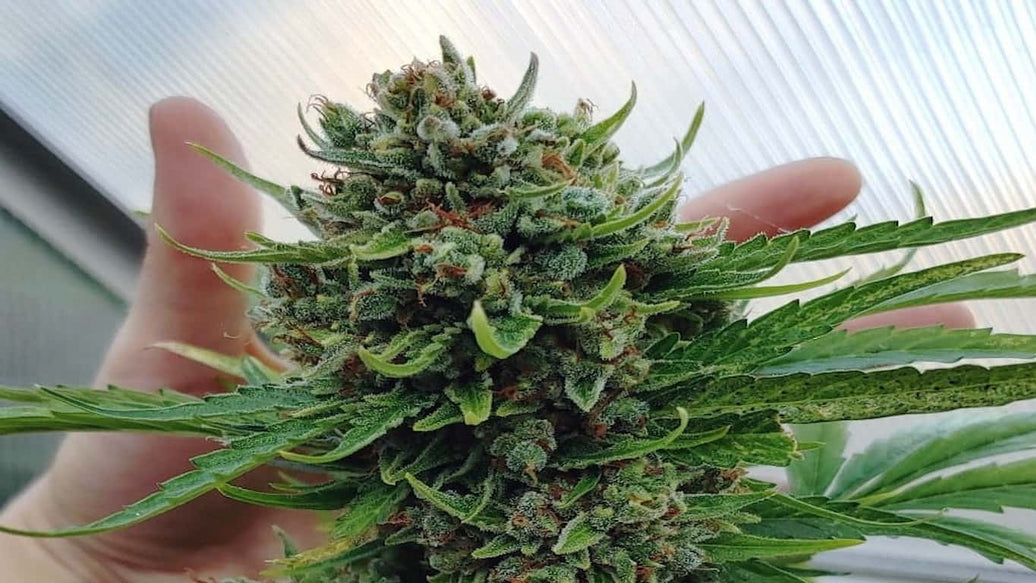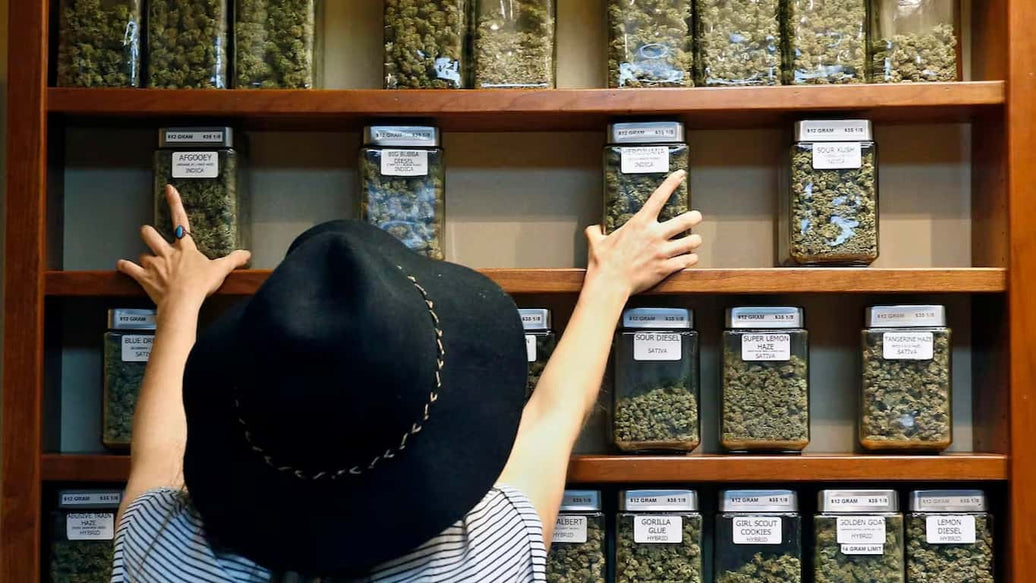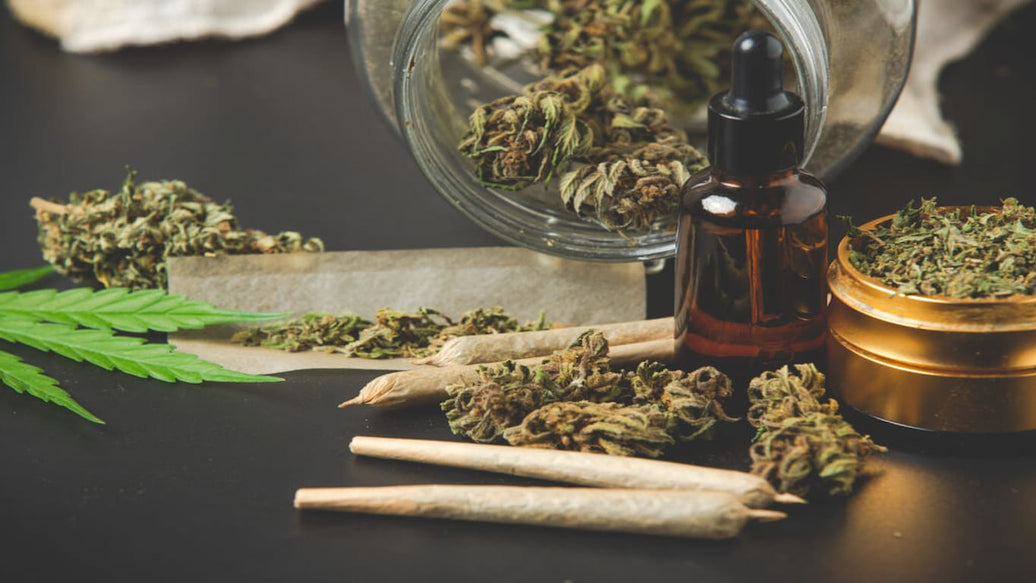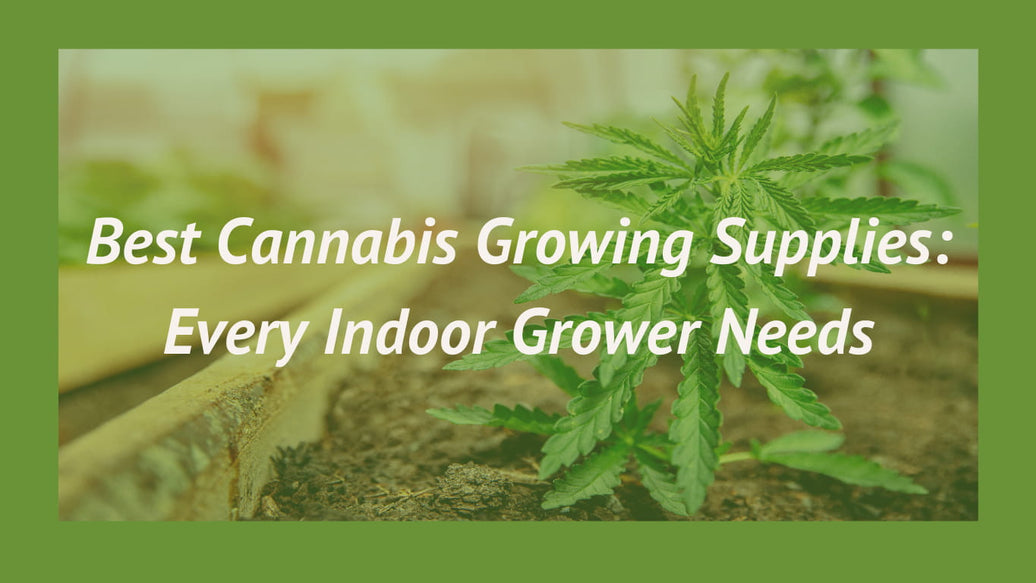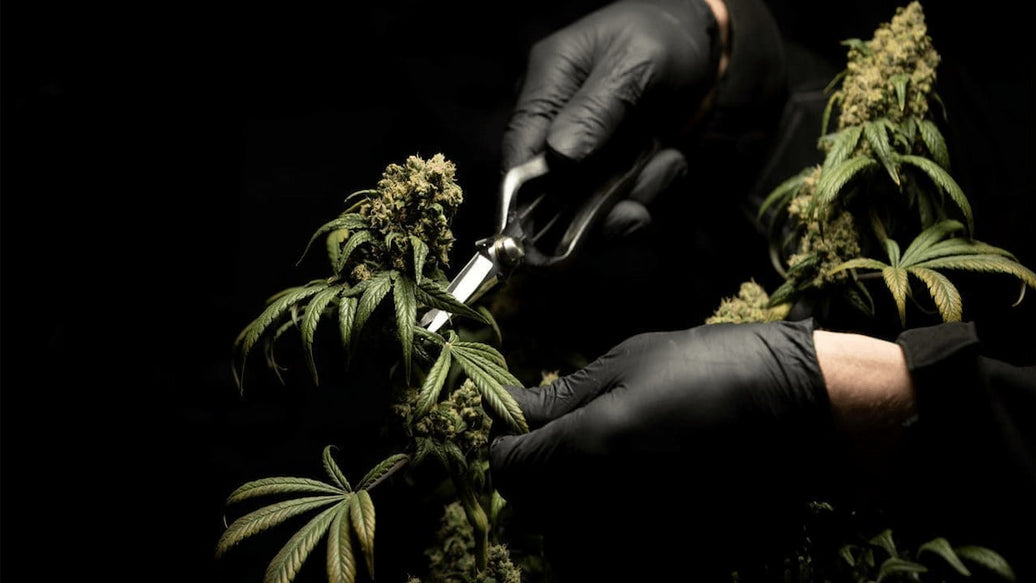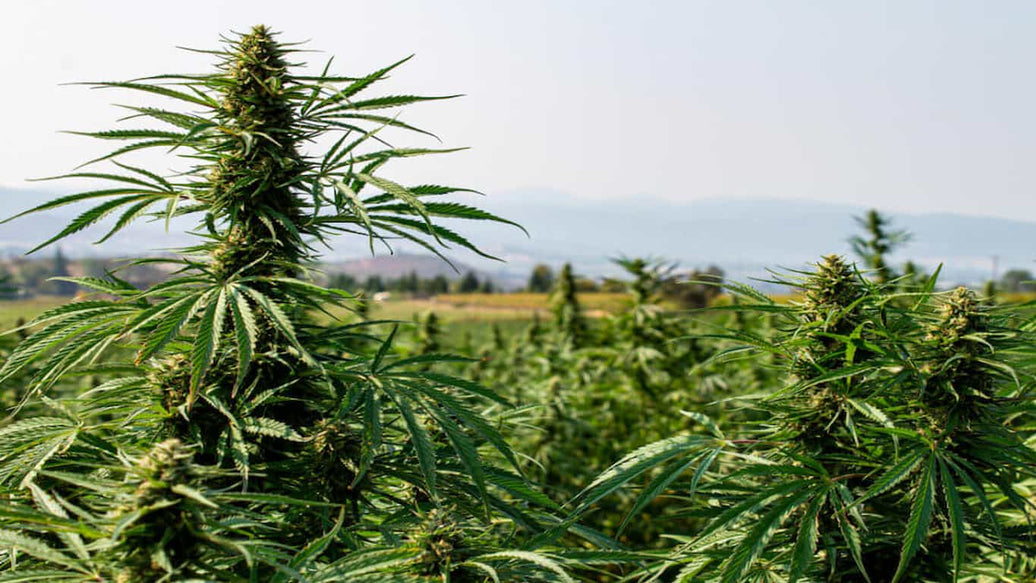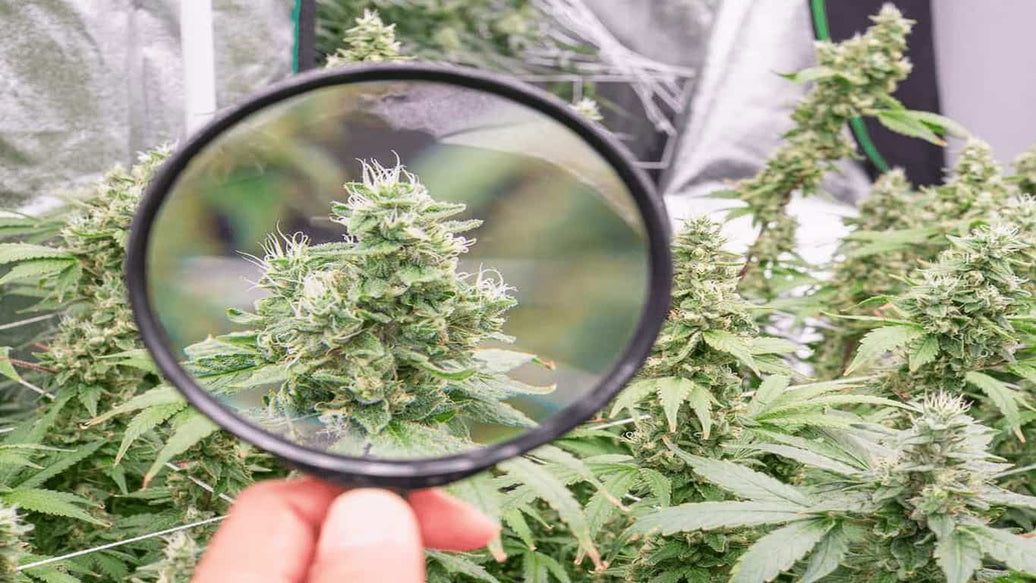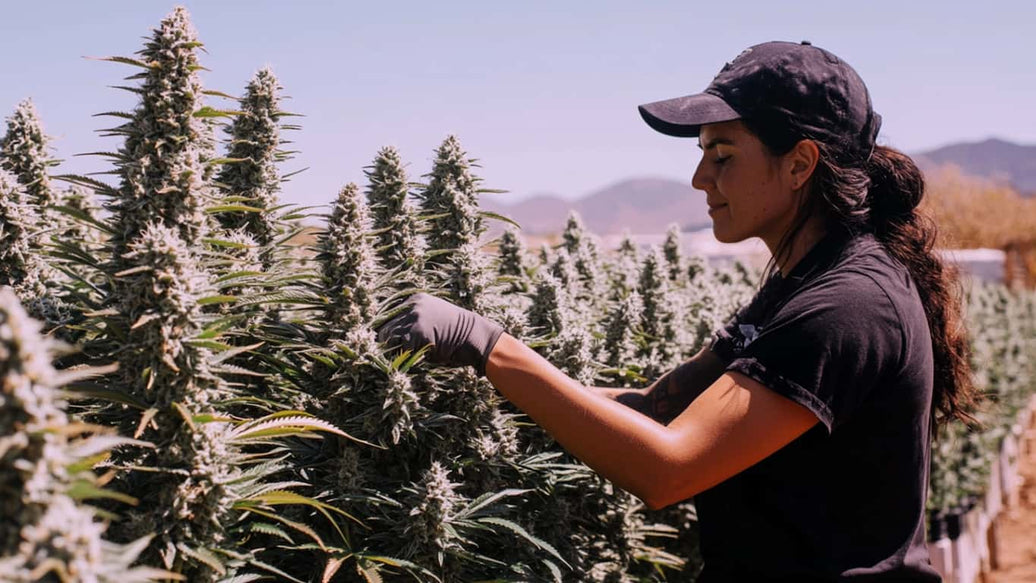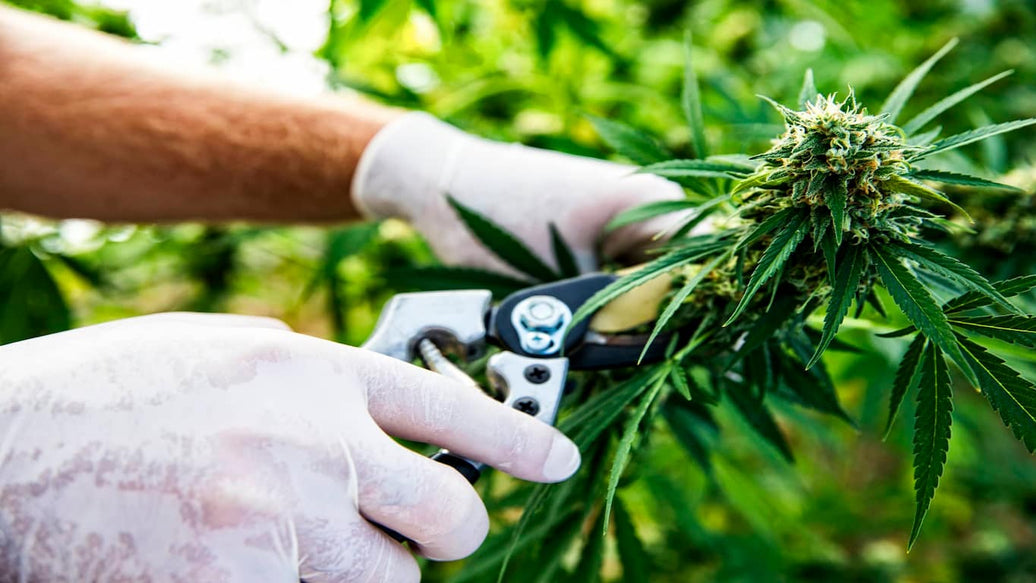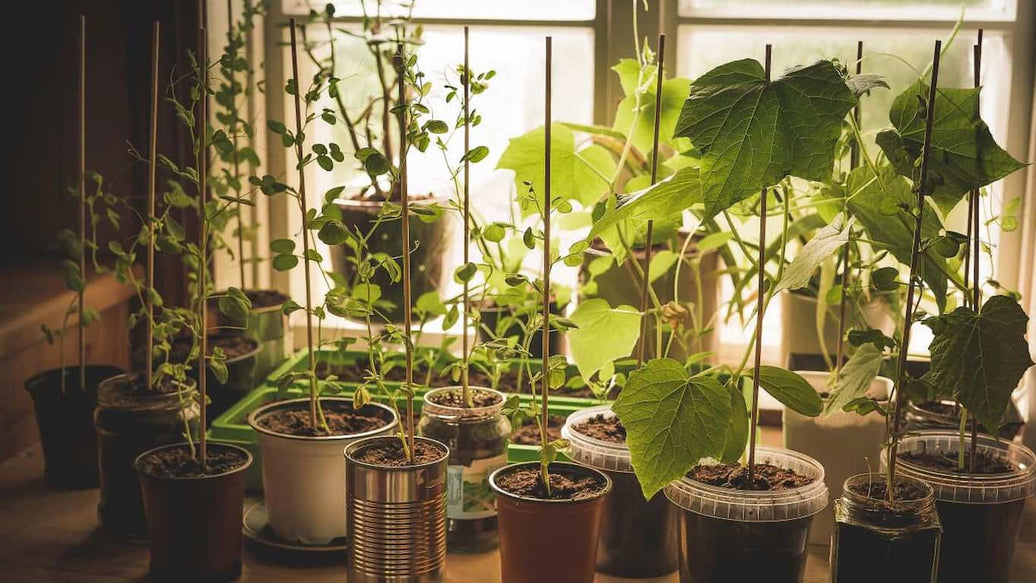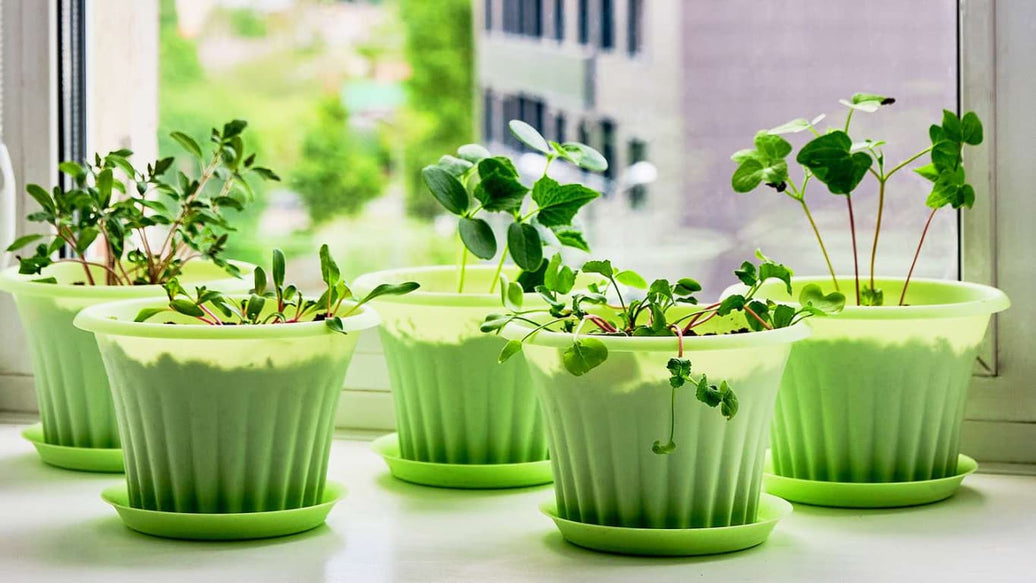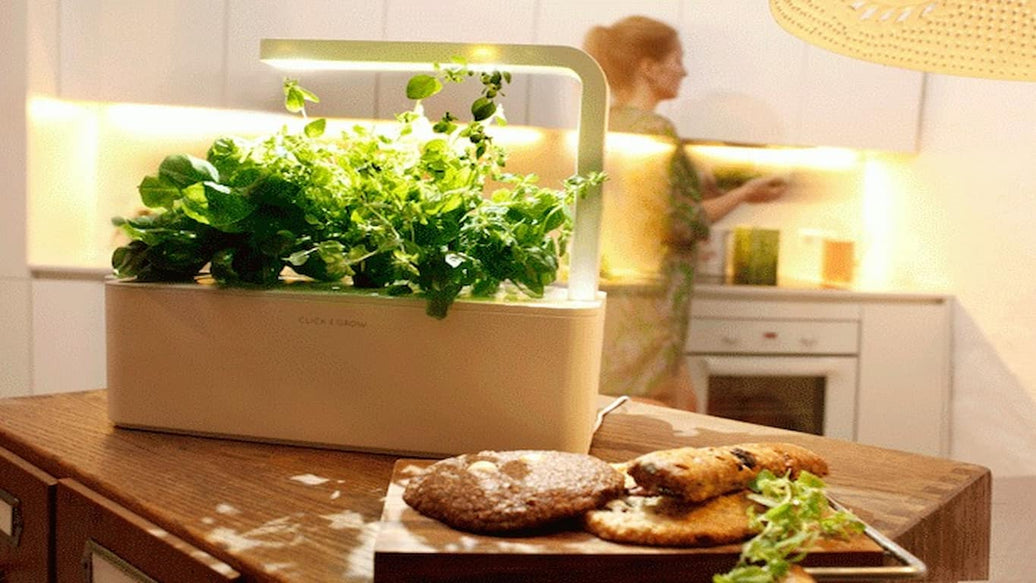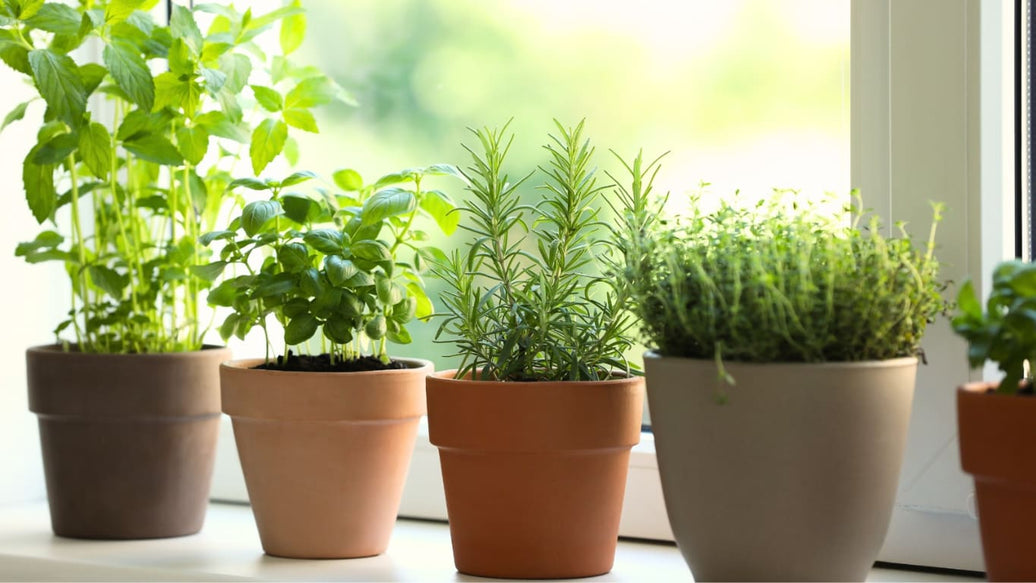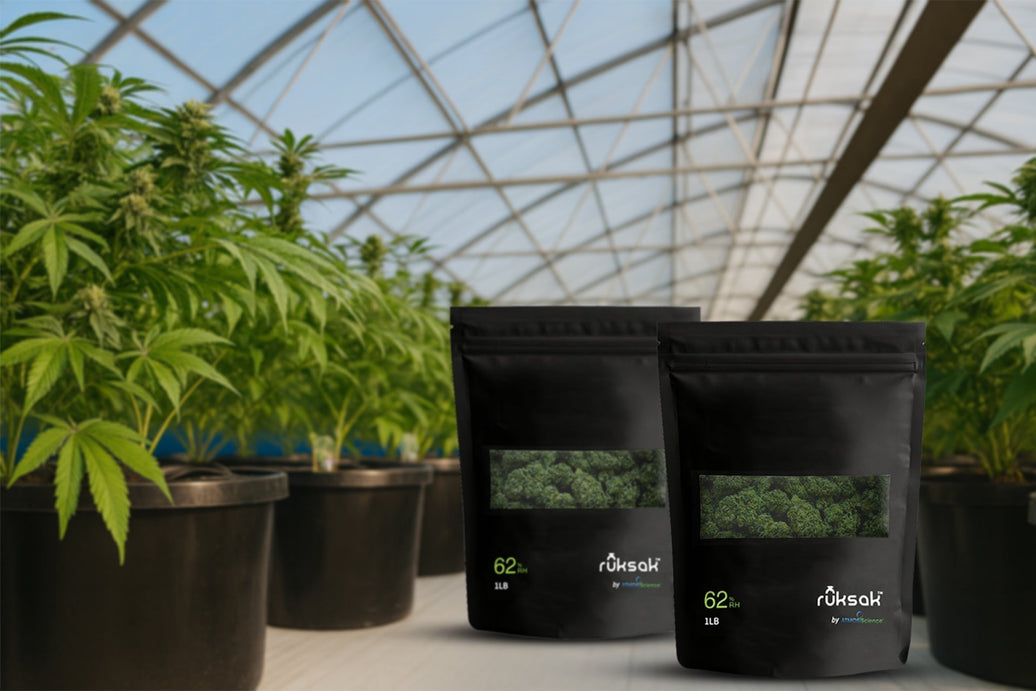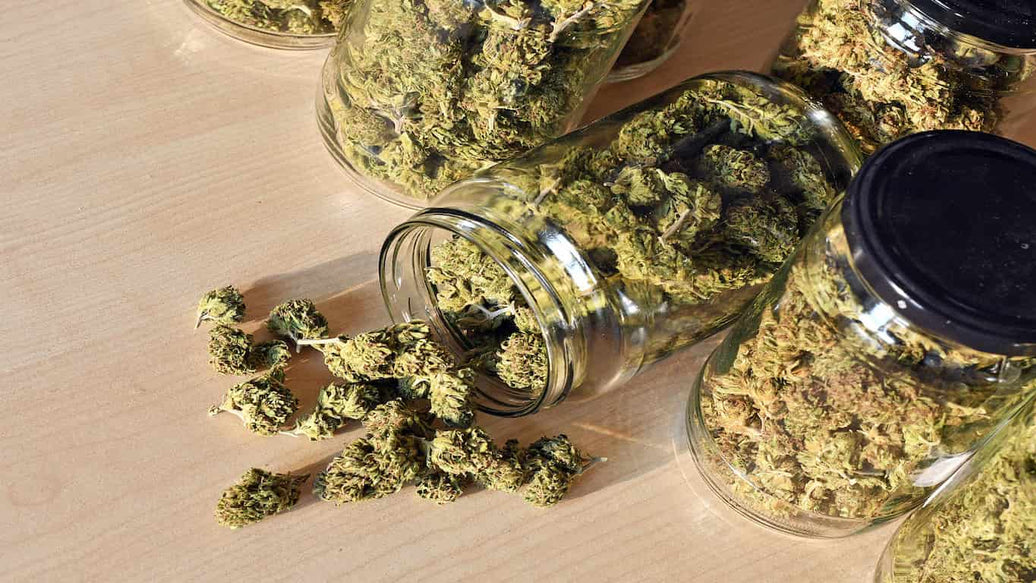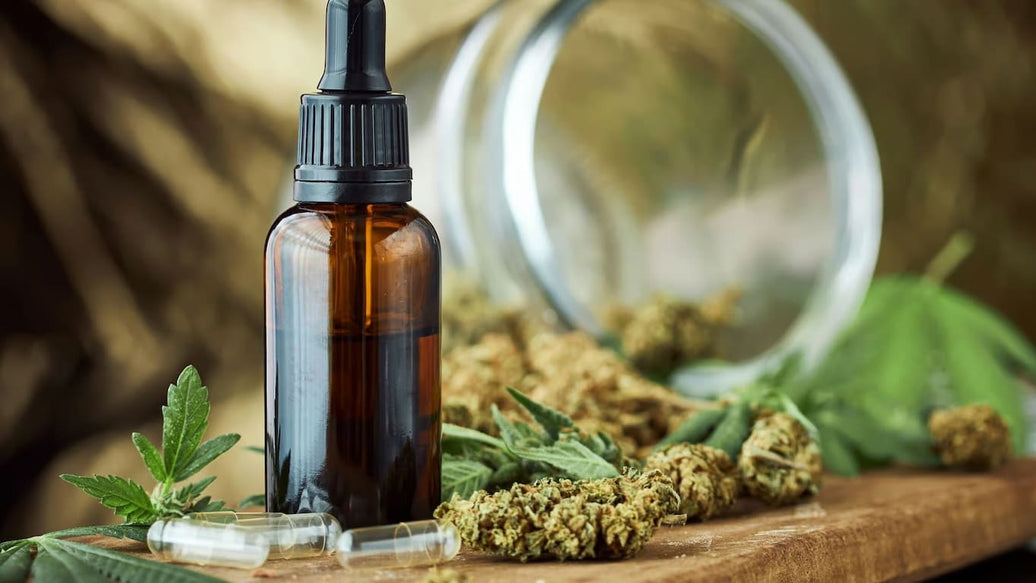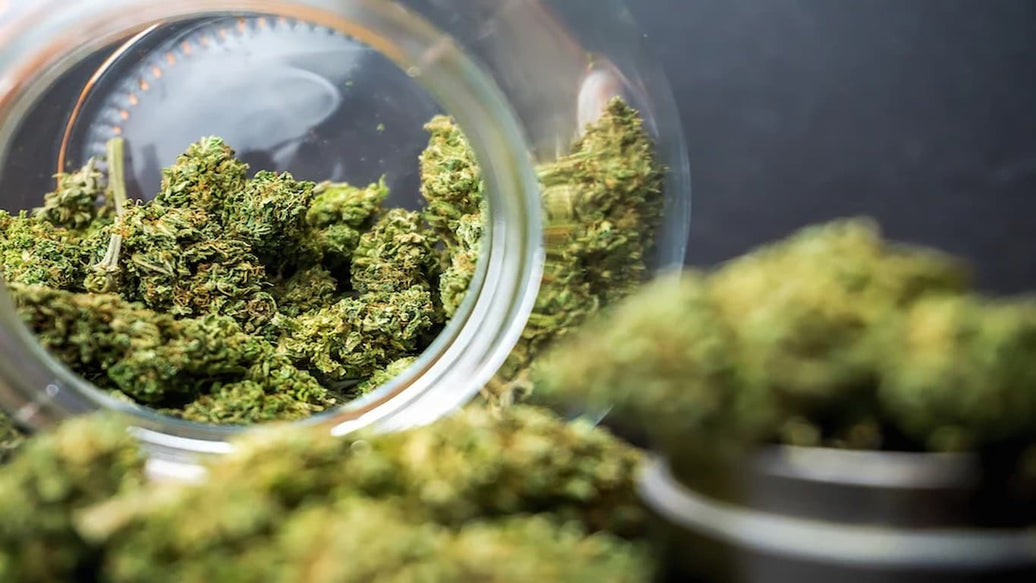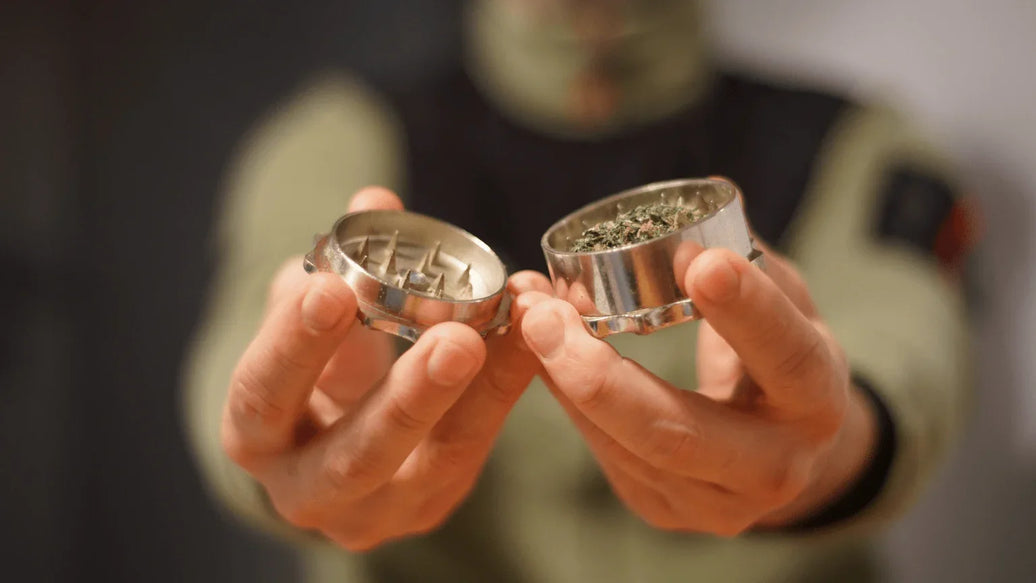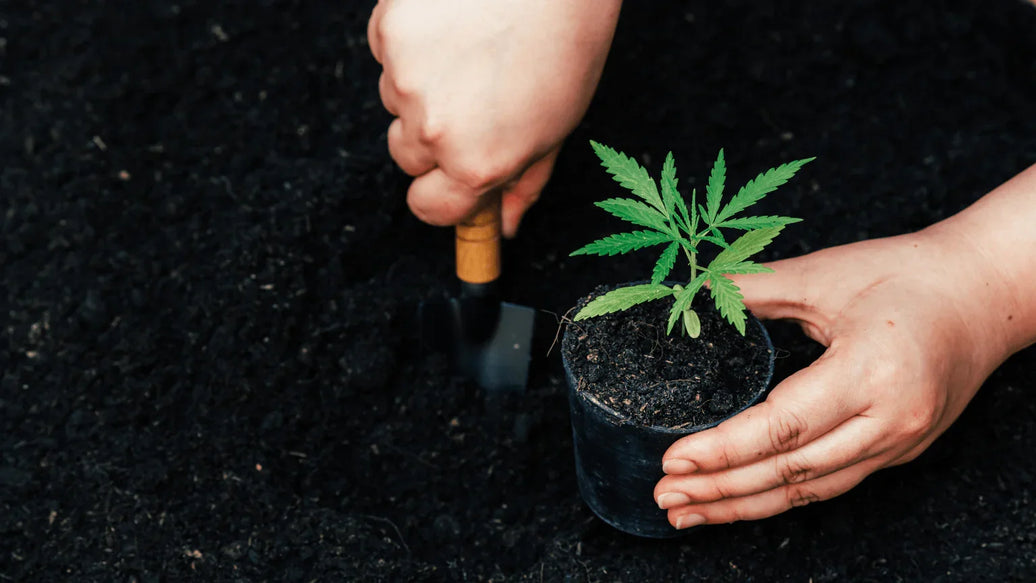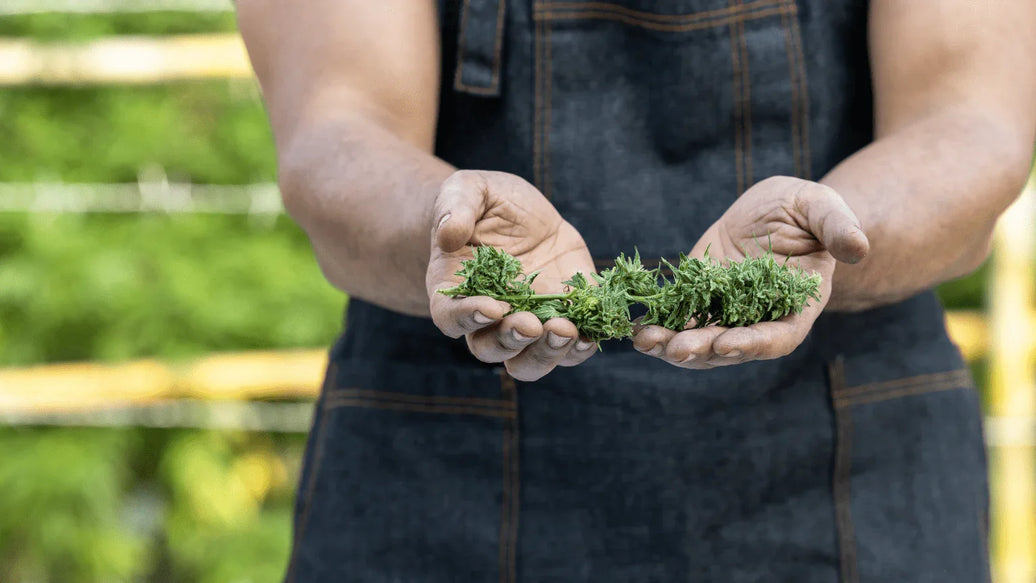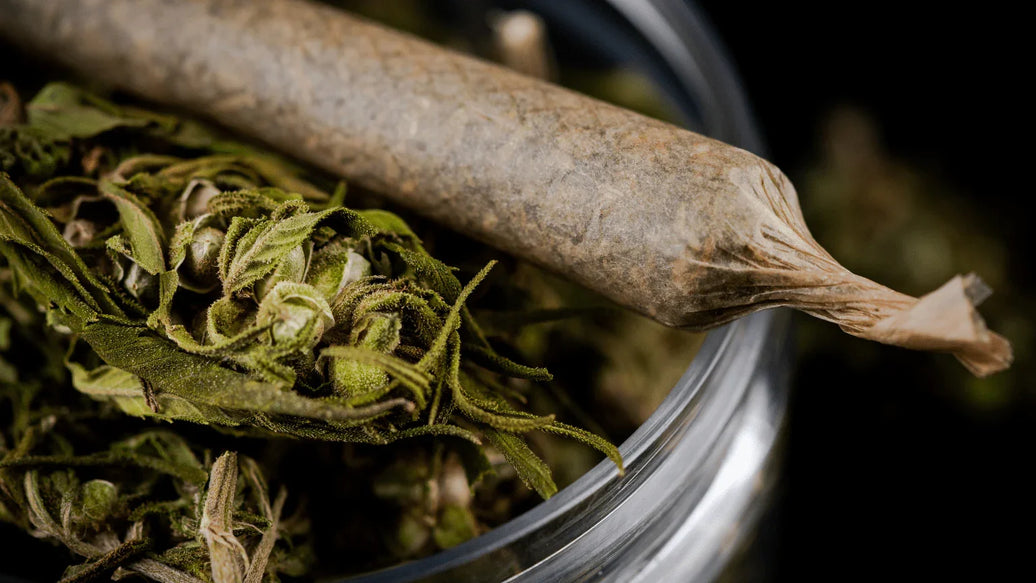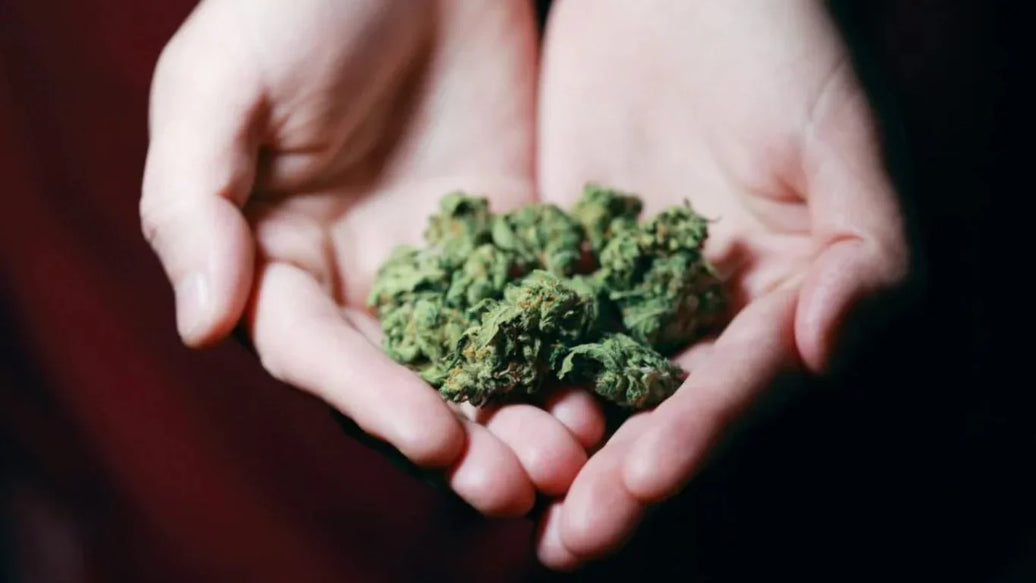In cannabis cultivation, the final weeks before harvest are crucial for determining the quality of the final product. One widely practiced and debated step is the cannabis flush before harvest. Often referred to as flushing cannabis before harvest or flushing cannabis plants before harvest, this process entails irrigating the plants exclusively with plain, pH-balanced water after ceasing all nutrient feeding.
The purpose is to remove residual nutrients and chemicals from the soil or growing medium and promote the breakdown of compounds like chlorophyll in the buds, leading to a smoother, cleaner smoke and improved taste. This blog unpacks the botanical foundation, scientific research, practical methods, and integration strategies of flushing cannabis before harvest to help cultivators elevate their harvest quality.

The science behind flushing
Understanding the rationale for flushing cannabis plants before harvest requires a look at plant nutrition and biochemistry. Cannabis plants uptake essential macronutrients such as nitrogen (N), phosphorus (P), and potassium (K), along with micronutrients, during the flowering stage. These nutrients accumulate in both the growing medium and plant tissues, including roots, stems, and flowers.
The goal with flushing is to saturate the rooting zone with plain, pH-adjusted water (typically between 6.0 and 7.0) to leach out excess salts and nutrient buildup in the medium, helping to “reset” the root environment. Meanwhile, the plants use up remaining stored nutrients internally as no new feed is provided. Lower nutrient availability is believed to stress the plant in a controlled manner that triggers secondary metabolite pathways, producing cannabinoids such as THC and CBD and aromatic terpenes responsible for flavor and scent.
Flushing is also associated with accelerated chlorophyll degradation. Chlorophyll, when present in high amounts at harvest, can cause harshness and an undesirable “green” taste when smoked or vaped. By flushing, cultivators aim to reduce chlorophyll content, improving smoke smoothness and palatability.
Scientific investigations highlight varied outcomes for secondary metabolites during flushing. Some trials detect modest increases in cannabinoid concentrations after moderate flushing durations, possibly from nutrient stress signaling and metabolic shifts. However, cannabinoid gains may sometimes result from biomass loss or dehydration concentrating the cannabinoids rather than increased synthesis. Flushing has also been noted to raise sulfur compound levels in buds, which can contribute positively to flavor and aroma complexity.
Review of academic research

Rigorous studies on cannabis flushing before harvest help clarify effective duration and impact on yield and chemical profiles. A well-documented Clemson University study applied flushing for 0 to 4 weeks with substrate electrical conductivity reduced below 0.2 mS/cm using plain water irrigation. They found that a one-week flush sustained dried flower weight similar to controls, but flushing beyond one week caused notable yield decreases, likely reducing total cannabinoid harvest.
The Cannabis Research Coalition further evaluated bud weight, cannabinoid content, and terpene profiles across flushing treatments. Their controlled trials concluded that flushing up to two weeks produced no negative effects on quality or cannabinoid potency, supporting a 10–14 day flush as best practice. Beyond two weeks, minor yield losses occurred.
Contrasting these findings, some more recent investigations question flushing necessity. A 2025 study by Rx Green Technologies reported no significant advantage in sensory quality or potency from flushing compared to zero-day flush controls. They observed a trend toward better flavor in plants not flushed, suggesting growers aiming for extract production might skip flushing without sacrifice.
Therefore, the scientific consensus is nuanced: a short flush of about 10–14 days before harvest can improve smoke smoothness and flavor, especially for flower-oriented growers. However, extended flushing risks yield loss and reduced revenue potential, particularly for extraction cultivators.
Best practices for flushing

To maximize benefits from flushing cannabis before harvest, growers should follow established guidelines:
- Timing: Begin flushing 10–14 days (about two weeks) before harvest when trichomes are cloudy or milky, indicating peak cannabinoid maturity. Avoid starting flush prematurely, which can starve and stress plants during critical bud development, reducing quality and yield.
- Water quality: Use clean, preferably reverse osmosis or distilled water, adjusted to a pH between 6.0 and 7.0 for soil. Untreated tap water may contain undesirable minerals or chlorine, potentially harming roots.
- Flushing procedure: Saturate the growing medium thoroughly with water until 20–30% runoff is achieved to effectively leach salts. Testing runoff Total Dissolved Solids (TDS) with a meter helps confirm nutrient removal; ideal runoff TDS should approach that of incoming flush water (~50 ppm or less).
- Monitoring: Yellowing of leaves during flush is normal as nutrient supply diminishes, but severe yellowing or slowed trichome production signals over-flushing. Adjust flush duration accordingly to avoid yield penalties.
- Strain variation: Different cannabis cultivars respond uniquely to flushing; growers should empirically test flush lengths that optimize quality without sacrificing mass.
Integrating flushing with harvest workflow
Successful cannabis cultivation culminates in a precisely timed sequence. Here's how flushing cannabis plants before harvest fits in:
- Flush: Cease nutrient feeding and irrigate only with plain water 10–14 days before harvest.
- Monitor trichomes and plant health to determine the optimal harvest window (milky/cloudy trichomes and amber for some strains).
- Harvest: Cut buds when the desired cannabinoid maturity is reached.
- Dry: Hang freshly harvested plants in an environment-controlled room (~50% RH, 60-70°F) to slowly remove moisture over 7-14 days.
- Cure: Store dried buds in airtight containers with humidity control (around 62%) to preserve terpenes and cannabinoids, enhancing potency and flavor over subsequent weeks.
Flushing prepares buds chemically by reducing excess nutrients and chlorophyll, optimizing all post-harvest processes for the highest quality cannabis.
ATMOSIScience's best storage solutions for your buds

To maintain the quality of cannabis optimized by proper flushing, ATMOSIScience offers premium products for post-harvest handling:
- Humidi-Cure®: Achieve consistent relative humidity control during drying and curing to preserve terpenes and cannabinoids. (Link: atmosiscience.com/humidi-cure-plus)
- ruksak bags: Airtight, odor-proof storage bags designed for long-term preservation of cured flower. (Link: atmosiscience.com/ruksak-bags)
- ATMOSIScience liners: Protect moisture content and terpene profile during curing by creating an optimal microenvironment inside jars.
For complementary knowledge, review our expert blogs:
“Cannabis Harvest Chart” with cannabis trichome harvest chart guides precise harvest decisions based on trichome maturity.
“How to Harvest Cannabis and Dry It” delivers best practices around drying critical to final product quality.
Conclusion
The practice of cannabis flush before harvest stands as a pivotal technique supported by both tradition and scientific inquiry. A carefully managed flush, typically lasting 10–14 days, can reduce nutrient residues within plant tissues and growing media, promote chlorophyll degradation, and enhance smoke smoothness and flavor profile without compromising yield.
Selection of flush timing, water quality, and duration should align with cultivation goals. Incorporating flushing into a comprehensive harvest and post-harvest regimen, combined with trusted ATMOSIScience storage and curing innovations, empowers cultivators to deliver cannabis products of superior quality and potency consistently.

